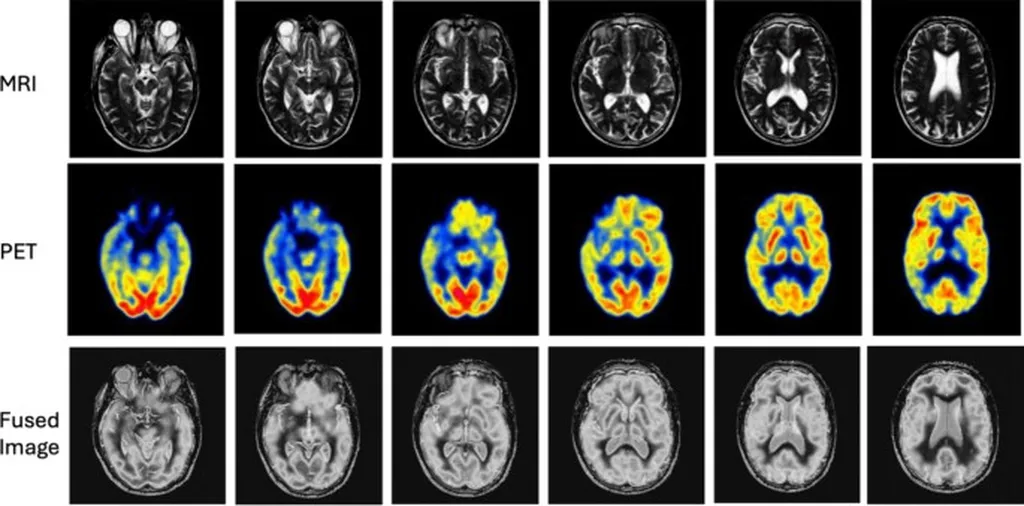In the realm of energy and beyond, the ability to process and interpret complex, multi-channel images is becoming increasingly important. This is where the work of researchers Sukwon Yun, Heming Yao, Burkhard Hoeckendorf, David Richmond, Aviv Regev, and Russell Littman comes into play. Affiliated with institutions like the Broad Institute of MIT and Harvard, and the University of Toronto, these researchers have been exploring ways to optimize Vision Transformers (ViTs) for multi-channel imaging, a task that has been largely overlooked until now.
Vision Transformers have become a staple in the field of computer vision, serving as the backbone for many vision foundation models. However, their application to multi-channel domains, such as cell painting or satellite imagery, presents a unique challenge: capturing interactions between channels, each of which carries different information. While previous studies have shown that treating each channel independently during tokenization can be effective, this approach leads to a significant computational bottleneck. Specifically, the attention block in ViTs requires channel-wise comparisons, resulting in a quadratic growth in attention and excessive floating point operations (FLOPs), which in turn leads to high training costs.
The researchers posed a critical question: “Is it necessary to model all channel interactions?” Inspired by the Sparse Mixture-of-Experts (MoE) philosophy, they proposed a novel architecture called MoE-ViT. This architecture treats each channel as an expert and employs a lightweight router to select only the most relevant experts per patch for attention. In simpler terms, instead of comparing every channel with every other channel, MoE-ViT focuses on the most relevant interactions, thereby reducing the computational load.
To validate their approach, the researchers conducted proof-of-concept experiments on real-world datasets, JUMP-CP and So2Sat. The results were promising: MoE-ViT achieved substantial efficiency gains without sacrificing performance, and in some cases, even enhanced it. This makes MoE-ViT a practical and attractive backbone for multi-channel imaging tasks.
For the energy sector, the implications of this research are significant. For instance, satellite imagery is often used for monitoring and managing energy infrastructure, such as solar farms or oil pipelines. Multi-channel satellite images can provide a wealth of information, but processing them efficiently and accurately is a challenge. MoE-ViT could potentially revolutionize this process, making it faster and more cost-effective. Similarly, in the field of energy research, multi-channel imaging techniques like cell painting can be used to study cellular responses to different energy materials or conditions. MoE-ViT could enhance the efficiency and accuracy of these studies, accelerating the development of new energy technologies.
The research was published in a peer-reviewed journal, ensuring the rigor and reliability of the findings. As the energy sector continues to evolve, the integration of advanced imaging techniques like MoE-ViT could play a pivotal role in improving efficiency, reducing costs, and driving innovation.
This article is based on research available at arXiv.

